| Question:- I would like you to please give me the types of menus and their uses? | ||||||||||||||
|
Full Name: Jayme Langat
|
Age: 28
|
Country: Kenya
|
||||||||||||
|
ANSWER:- Menu planning or menu compilation A menu or a bill of fare is a list of prepared dishes of food which are available to a customer. The kind of menu (a) Special party menu-these are menus for banquets and parties of all kinds. (b) Table d’hôte -this is a set menu forming a complete meal at a set price. A choice of dishes may be offered at all courses; the choice and number of dishes will usually be limited. (c) A la carte-this is a menu with all the dishes individually priced. The customer can therefore compile his own menu. A true a la carte dish should be cooked to order and the customer should be prepared to wait for this service. Uses of these types of menu’s are varied i.e. Restaurants, Hotels etc.
|
||||||||||||||
|
|||||||||||||||||||
|
|||||||||||||||||
|
|||||||||||||||
|
|||||||||||||||||||
|
|||||||||||||||
|
|||||||||||||||
|
|||||||||
|
|||||||||
|
|||||||||||||||
| Question:-What are the 34 ways of cooking an omelete? or where can i find it in the Internet? pls send me an email if you know, thanks! | ||||||
|
Full Name: Venus Villaver
|
Age: 18
|
Country: Philippines
|
||||
| ANSWER:- Many thanks for your question regarding omelettesThe history of the omelette is not 100 % certainAncient Romans would whisk eggs with honey and bake them in an earthen ware dish , they called this “ova mellita” some say the word omelette and the dish are both derived from this !!Others say the word omelette comes from the french word amelette which broadly speaking means “slice ” you can see why they assume this as the dish is normally flat in shape.Then there is the story of the king of spain , who whilst out walking one day , suddenly became hungry and asked a nearby peasant to prepare food for him , the peasant proceeded to prepare a dish of beaten eggs cooked in a pan with oil , the king so pleased with the speed and the dish, declared ” quel homme leste” ( what an agile man ) some say from that day forward beaten eggs have been known as omelette in memory of “homme leste ” the man who had the honour of preparing food for his king. Remember this is only a story and in Spain an omelette is normally known as a tortilla !!!As far as I myself am concerned , well there are many ways to prepare an omlette or souffle omelette ,100s if you are considering the ingredients or combinations of ingredients . The book ” larousse gastronomique which is a french dictionary of food has over 120 references to omelettes, both savoury and sweet !! (see links below to purchase this book)For me whatever way you prepare an omelette, unless it is cooked in an omelette pan with a little oil(see problem page for full details) then to me it is not a classic omelette. However I am certain that there are many ways to prepare an omelette , given differing techniques and range of ingredients, but always cooked using the principle method, in a hot pan, “an omelette pan” I hope that this info is useful to you and if you have any other queries, e-mail the site . I am a fully qualified lecturer in food and food studies and have been a professional chef for 25 years.
|
||||||




















 The Theory of Catering
The Theory of Catering

 The International Dictionary of Food & Nutrition
The International Dictionary of Food & Nutrition













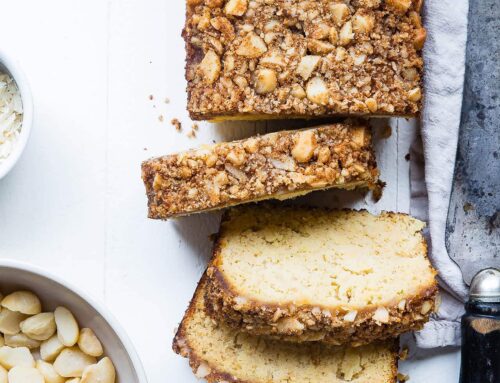
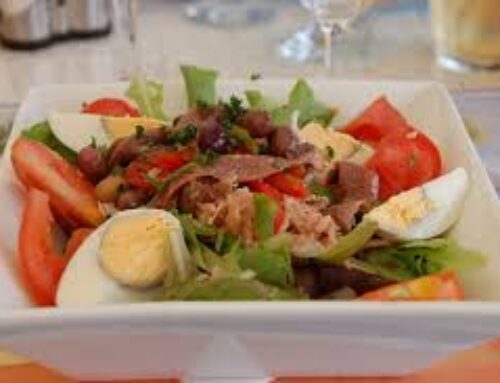
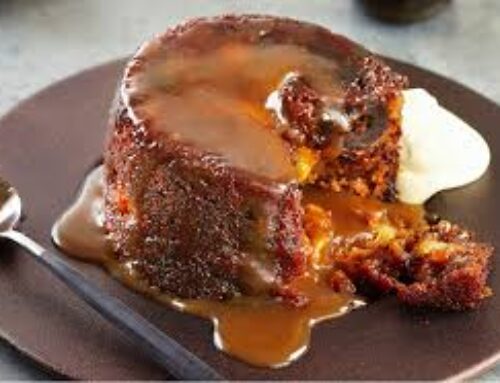
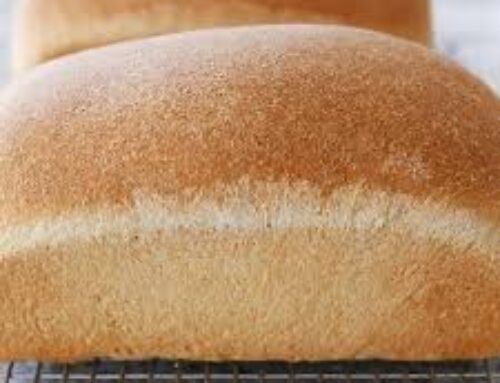
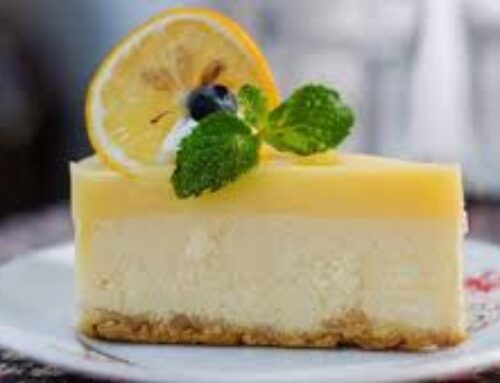
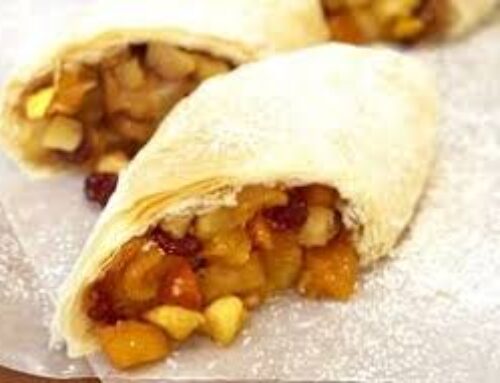
Leave A Comment